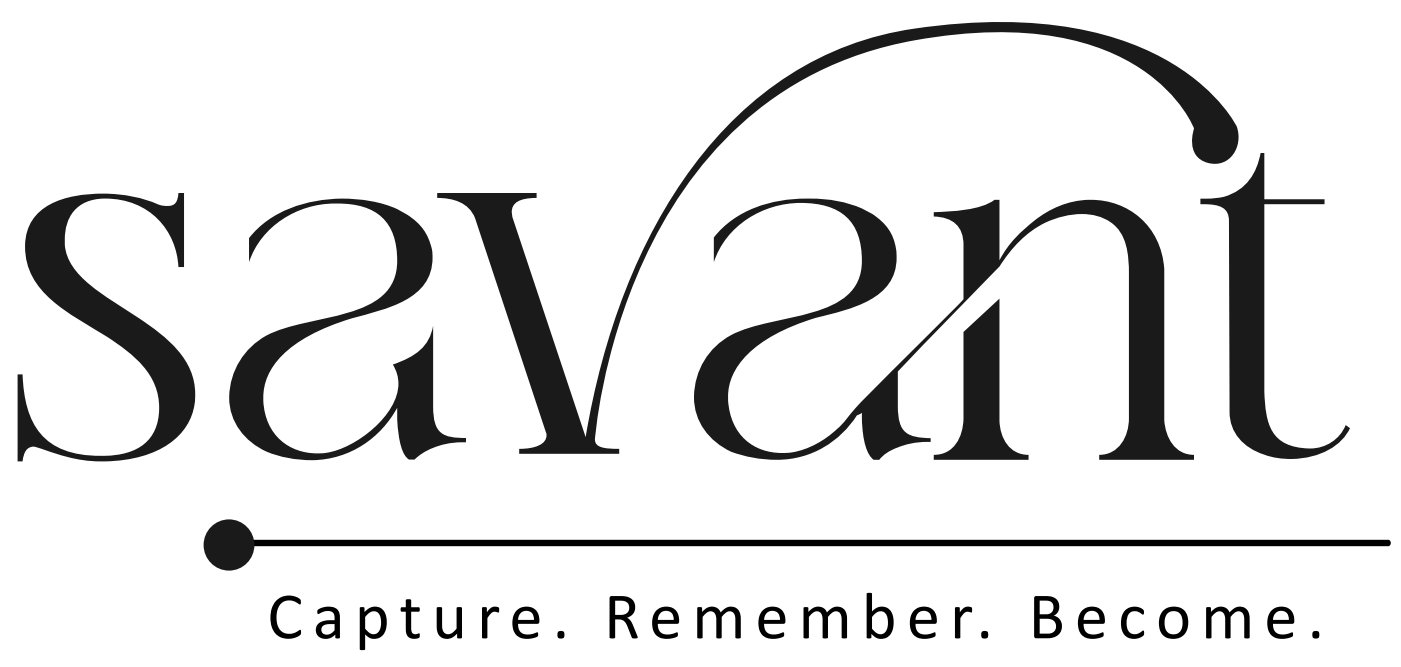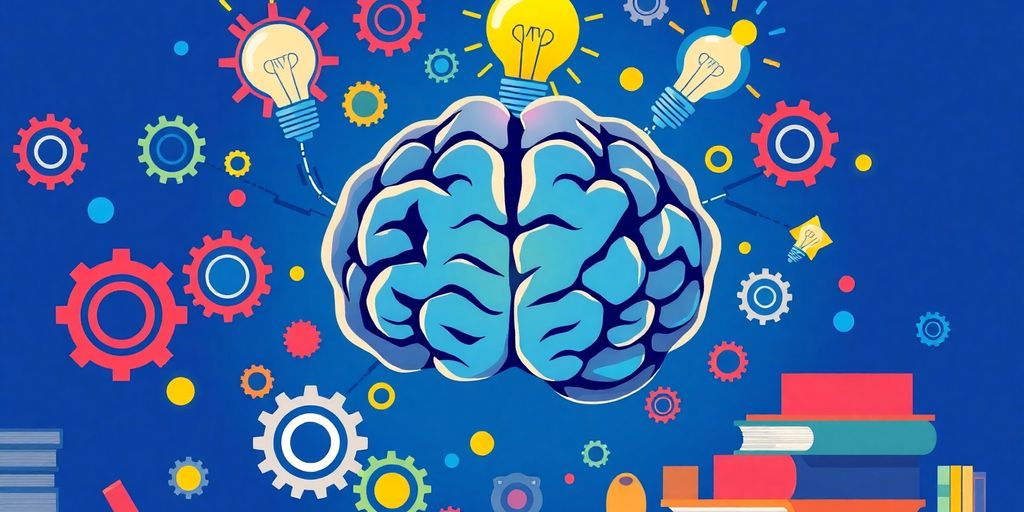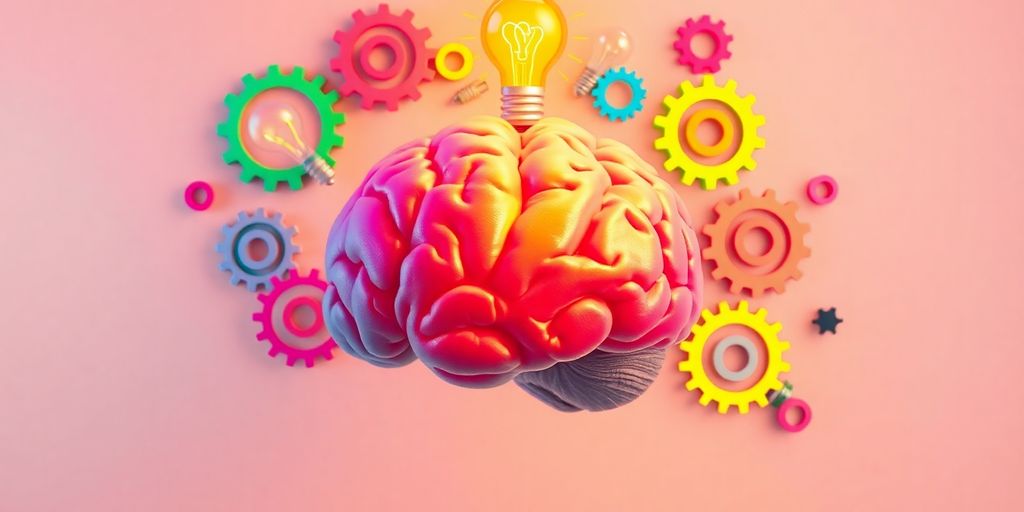Ever felt lost in a lecture, scribbling away but not really capturing anything? You’re not alone. Figuring out how to take notes in lectures can make all the difference in what you remember later. This guide’s here to help you find your groove, whether you’re doodling on a notepad or tapping away on a tablet. We’ll dive into different styles, tools, and tricks to keep your notes organized and your mind engaged. Let’s turn those frantic scribbles into something that actually helps you learn.
Key Takeaways
- Finding your note-taking style can boost retention.
- Mixing digital and traditional methods can be effective.
- Staying focused in lectures is crucial for good notes.
- Regular review of notes aids long-term memory.
- Using visual aids can improve understanding and recall.
Finding Your Perfect Note-Taking Style
Understanding Different Learning Styles
We all learn differently, and figuring out your unique style can make a huge difference in how you take notes. Are you a visual learner who thrives on color-coding and diagrams? Or perhaps an auditory learner who benefits from recording lectures and discussing them with peers? Some people are reading/writing learners and love structured notes with bullet points, while others are kinesthetic learners who might prefer engaging with content through hands-on activities. Understanding your learning style is the first step in crafting a note-taking method that works for you.
Choosing Between Digital and Handwritten Notes
The choice between digital and handwritten notes is a personal one, and both have their merits. Handwritten notes can help with memory retention, while digital notes offer convenience and easy organization. You might find that a combination of both works best. For instance, jotting down initial thoughts on paper during a lecture and later digitizing them can offer the best of both worlds. Experiment and see what feels right for you.
Adapting Techniques for Various Subjects
Not all subjects are created equal, and your note-taking techniques might need to adapt accordingly. For subjects like math or science, where diagrams and formulas are common, a more visual approach might be beneficial. Humanities subjects, on the other hand, might require more detailed written notes. Don’t be afraid to mix it up! Try different methods and see what helps you capture the essence of each subject best.
Finding the right note-taking style is a journey. It’s about experimenting, adapting, and ultimately discovering what makes learning not just effective, but enjoyable. So go ahead, mix and match techniques, and create a system that’s uniquely yours.
For more insights on effective note-taking, check out these seven essential tips to enhance your skills and reinforce good habits.
Essential Tools and Techniques for Effective Note-Taking
Exploring Traditional Note-Taking Methods
Traditional note-taking methods have been around for ages, and they’re still going strong. Why? Because they work. Let’s dive into some classic techniques:
- The Outline Method: This is all about structure. You start with main topics and break them down into subtopics. It’s like creating a roadmap of your notes.
- The Cornell Method: Divide your paper into sections for cues, notes, and summaries. It’s perfect for reviewing and self-testing.
- The Mapping Method: Visual learners, this one’s for you. Use diagrams to show relationships between concepts.
- The Charting Method: Great for comparing information. You create columns and fill them with data.
- The Sentence Method: This is about writing every new thought on a separate line. It’s straightforward and works well for linear lectures.
Leveraging Modern Apps and Tools
In today’s digital world, there’s an app for everything, including note-taking. Here’s how you can make your life easier with technology:
- Digital Notebooks: Apps like Evernote and OneNote let you organize notes in notebooks, add images, and even record audio.
- Cloud Storage: Keep your notes safe and accessible anywhere with services like Google Drive or Dropbox.
- Voice-to-Text Tools: Perfect for auditory learners. Use tools like Otter.ai to transcribe spoken words into text.
Incorporating Visual Aids for Better Retention
Visual aids can make your notes more engaging and easier to remember. Here’s how to spice up your note-taking:
- Mind Maps: Create mind maps to visualize connections between ideas. They’re great for brainstorming sessions.
- Color-Coding: Use different colors to highlight key points. This can help in quickly identifying important information.
- Doodles and Sketches: Sometimes a quick sketch can explain a concept better than words.
Finding the balance between traditional and digital methods is key. You might start with handwritten notes for focus, then digitize them for organization. Experiment and see what works best for you.
By exploring a variety of note-taking methods, you can find the perfect blend that suits your style and needs. Whether you prefer the tactile feel of pen and paper or the convenience of digital tools, there’s a method out there that can help you capture and retain information effectively.
Strategies to Stay Focused and Engaged During Lectures
Minimizing Distractions for Maximum Focus
Staying focused in a lecture can be tough, especially with so many distractions around. Here’s a few tips to help you keep your attention where it needs to be:
- Choose your seat wisely: Sit at the front or in the middle of the room to stay engaged and hear the lecturer clearly.
- Limit distractions: Turn off notifications on your devices and keep them out of sight.
- Take notes by hand if possible, as it helps in keeping your mind on the lecture.
Active Listening and Participation Tips
Active listening is more than just hearing words; it’s about understanding and engaging with the content. Try these strategies:
- Ask questions: Don’t hesitate to raise your hand if something isn’t clear. This keeps you engaged and helps clarify doubts.
- Participate in discussions. Incorporating small-group discussions during lectures can deepen your understanding and help you connect new information with what you already know.
- Summarize points in your own words. This reinforces what you’ve learned and makes it easier to remember later.
Using Breaks Wisely to Boost Concentration
Breaks are essential for maintaining concentration over long periods. Here’s how to use them effectively:
- Implement the Pomodoro Technique: Study for 25 minutes, then take a 5-minute break. This helps prevent burnout.
- During breaks, do something different from your study activity, like stretching or grabbing a snack.
- Reflect on what you’ve learned during the break, which can aid in solidifying the information.
Staying focused in lectures isn’t just about listening; it’s about engaging with the material and making it your own. With the right strategies, you can enhance your learning experience and make every lecture count.
Organizing and Reviewing Notes for Long-Term Success
Creating a Structured System for Your Notes
Keeping your notes organized is like setting up a filing system for your brain. A well-structured note system ensures you can find what you need, when you need it. Start by using clear headings and subheadings to break down information. Group similar topics together, and don’t shy away from using bullet points or numbered lists to outline key ideas. Consider creating an index or table of contents for your notebooks or digital files. This way, you can easily navigate through your notes without getting lost in a sea of information.
Regular Review Sessions to Reinforce Learning
Reviewing your notes regularly is like watering a plant—it helps your knowledge grow. Schedule short, daily sessions to go over recent notes. At the end of each week, take a longer session to consolidate what you’ve learned. Before diving into a new topic, recap the previous one to build connections. Use summaries to test your recall and understanding. Teaching the material to someone else is a great way to reinforce your learning.
Consistent review transforms your notes from static records into dynamic learning tools.
Summarizing and Highlighting Key Concepts
When it comes to summarizing, less is more. After you finish a lecture or study session, take a moment to jot down the main points in your own words. Highlight or underline key terms and concepts—this makes them stand out when you glance back at your notes. A good summary doesn’t just repeat information; it distills it down to its essence, making it easier to remember. By regularly summarizing and highlighting, you not only reinforce what you’ve learned but also make future reviews more efficient.
The Science Behind Note-Taking and Memory Retention
How Note-Taking Enhances Memory
Taking notes isn’t just about jotting down what you hear. It’s like giving your brain a second chance to catch what it might miss the first time. Writing things down helps encode information in a way that’s easier to remember later. Whether you’re a visual or auditory learner, translating what you see or hear into written form can make a big difference in how well you retain that information. It’s almost like turning your notes into a personal memory booster.
The Role of Note-Taking in Critical Thinking
Note-taking goes beyond just memorizing facts. It’s a tool for comprehension and critical thinking. When you’re taking notes, you’re not just copying words; you’re breaking down complex ideas into simpler parts and then piecing them back together to understand the bigger picture. This process involves:
- Analysis: Breaking down information into manageable bits.
- Synthesis: Combining these bits to form a clear understanding.
This kind of active engagement stimulates critical thinking, helping you see how different pieces of information fit together. It’s a way to make sense of what’s important and how it all connects.
Understanding the Connection Between Writing and Recall
There’s a strong link between writing things down and remembering them later. When you write, you engage different parts of your brain, which helps solidify the information in your memory. This is why taking notes by hand can be so effective. The physical act of writing can enhance your ability to absorb and recall information. It’s not just about the words on the page; it’s about the process of getting them there and how that process helps you remember them better.
Note-taking is more than just a method for recording information. It’s a powerful tool for learning and understanding, helping you to not only remember facts but also to think critically about what you’ve learned.
Real-Life Applications of Effective Note-Taking
Examples from Various Professions
Taking notes isn’t just for students. It’s a skill that professionals across different fields rely on every day. Let’s look at how note-taking is used in some professions:
- Healthcare: Nurses keep detailed charts for each patient, noting vital signs, medications, and observations. This ensures that every shift change is smooth and no information is lost.
- Law: Lawyers jot down structured notes during trials, capturing key arguments and questions. These notes are crucial for recalling details and crafting persuasive closing statements.
- Journalism: Journalists use shorthand to quickly capture quotes and facts at press conferences. These notes form the backbone of accurate news stories.
- Academic Research: Researchers document everything during experiments, from hypotheses to data. These comprehensive notes are essential for validating studies.
- Sales: Salespeople take notes during meetings to remember client details and plan future interactions.
Case Studies of Successful Note-Takers
Real-life stories can show us the power of good note-taking habits. Here are some case studies:
- Emma, a visual learner, struggled with dense text in her biology class. By adding diagrams and flowcharts to her notes, she made complex processes easier to understand.
- Lucas, an auditory learner, found that recording lectures and replaying them helped him absorb information better.
Note-taking is not a one-size-fits-all approach. Finding a method that suits your learning style makes studying more enjoyable and effective.
Adapting Techniques to Fit Professional Needs
Every profession has its own demands, and note-taking techniques should adapt accordingly. Here are some tips:
- Identify Your Needs: Understand what information is most critical in your field.
- Choose the Right Tools: Whether it’s a digital app like Google Keep or a simple notebook, pick what works for you.
- Practice Regularly: Like any skill, regular practice improves your note-taking ability.
Finding the right technique can make a big difference in how effectively you capture and use information in your career.
Mastering the Art of Note-Taking for Personal Growth

Embracing a Growth Mindset in Learning
When it comes to personal growth, a growth mindset can make all the difference. It’s about believing you can improve and learn throughout your life. Note-taking is a tool that can help you cultivate this mindset. By regularly jotting down your thoughts, you engage with new ideas and reflect on your progress. This practice not only helps you track your journey but also opens up new paths for learning.
Experimenting with Different Techniques
There’s no one way to take notes. Some folks swear by bullet points, while others love mind maps or doodles. The key is to try out different methods and see what clicks for you. Here are a few ideas to get you started:
- Bullet Journaling: A flexible method that combines to-do lists, diary entries, and sketches.
- Cornell Method: Divides your page into sections for notes, cues, and summaries.
- Mind Mapping: Uses diagrams to represent words, ideas, tasks, or other concepts linked around a central concept.
Experimenting with these techniques can be fun, and you’ll likely discover a mix that suits your style and needs.
Setting Personal Goals for Note-Taking Improvement
Setting goals can turn note-taking from a mundane task into a meaningful activity. Think about what you want to achieve with your notes. Is it to remember more from meetings? To better organize your thoughts? Or perhaps to spark creativity in your projects? Whatever it is, write it down and check in on your progress regularly.
"Your notes are a reflection of your learning journey. Keep them personal, keep them growing, and let them guide you to new heights."
Remember, note-taking is not just about writing things down. It’s about capturing your thoughts and ideas in a way that helps you grow. So grab that pen or keyboard and start mastering the art of note-taking today!
Wrapping It Up: Your Note-Taking Journey
So, there you have it! Taking notes isn’t just about scribbling down what you hear. It’s about finding what works for you and sticking with it. Whether you’re a fan of good old pen and paper or you love the convenience of digital tools, the key is to keep experimenting until you find your groove. Remember, it’s not just about writing stuff down—it’s about making sense of it all later. So, try out different methods, mix them up, and see what clicks. And hey, don’t stress if it takes a bit to get it right. With practice, you’ll turn your notes into a powerhouse of knowledge that helps you ace those exams or nail that presentation. Happy note-taking!
Frequently Asked Questions
What are the best note-taking methods for students?
There are several note-taking methods that students can use, such as the Cornell Method, which helps organize notes into sections, and the Mapping Method, which uses diagrams to show relationships between ideas. It’s important to try different methods to see which one works best for you.
How can I stay focused during lectures?
To stay focused, try minimizing distractions by sitting at the front of the class and turning off your phone. Take breaks when needed and practice active listening by asking questions and participating in discussions.
What’s the difference between digital and handwritten notes?
Digital notes are easy to organize and share, while handwritten notes can help with memory retention. Some people prefer to take notes by hand during lectures and then type them up later for better organization.
How often should I review my notes?
It’s a good idea to review your notes regularly. Try to review them daily for short periods and have a longer review session at the end of each week. This helps reinforce what you’ve learned and improves retention.
Can note-taking help improve memory?
Yes, taking notes can improve memory. Writing things down helps your brain remember information better, and reviewing your notes regularly can further enhance memory retention.
Why is note-taking important for learning?
Note-taking is important because it helps you actively engage with the material, improves understanding, and makes it easier to recall information later. It also supports critical thinking by encouraging you to summarize and interpret information.






